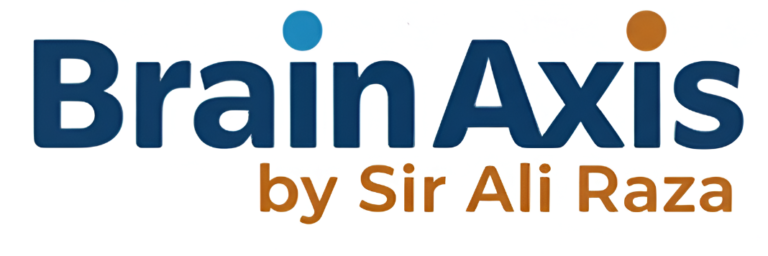A data structure is a special way of arranging information in a computer so that we can use it easily and quickly.
Think of it like a cupboard — you could throw things in randomly, but if you arrange them in shelves, drawers, and boxes, you’ll find and use them much faster.
They are of two types:
1. Linear Data Structure
2. Non – Linear Data Structure
LINEAR DATA STRUCTURES
In linear data structures, elements are placed one after another in a sequence.
Each element is connected to the one before and after it.
Features:
- Easy to set up because memory is arranged in order.
- Can waste memory if not managed well.
(a) Stack
A stack works like a stack of plates in the kitchen:
- LIFO (Last In, First Out) → The last plate you put on top is the first one you take off.
Operations:
- Push → Add an item on top.
- Pop → Remove the item from the top.
Conditions:
- Overflow → Stack is full, can’t add more.
- Underflow → Stack is empty, can’t remove anything.
(b) Queue
A queue works like a line of people waiting for tickets:
- FIFO (First In, First Out) → The first person in line is served first.
Operations:
- Enqueue → Add an item at the end (rear) of the line.
- Dequeue → Remove an item from the front of the line.
Rule:
- You can’t remove items out of order.
(c) Array
An array is like a row of lockers, each with its own number (index).
- Stores a fixed number of items of the same type (like only numbers or only words).
- Items are stored in consecutive memory slots.
Operations:
- Traversal → Visit each element.
- Search → Find an element.
- Insertion → Add a new element.
- Deletion → Remove an element.
- Sorting → Arrange elements in order.
1.4.2 NON-LINEAR DATA STRUCTURES
In non-linear data structures, elements are not in a straight line.
They can connect in many directions, forming shapes like trees or networks.
Features:
- More complex to create but use memory well.
- Can’t go through all elements in just one straight pass.
(a) Tree
A tree is a way to arrange data in levels — like turning a real tree upside down:
- Root → The top starting point.
- Parent → A node that has branches.
- Child → A node that comes from a parent.
Example: Your computer’s folders:
- Main folder → Subfolder → Files.
Binary Tree → Each parent can have at most two children.
(b) Graph
A graph is a set of points (nodes/vertices) connected by lines (edges).
Example: Social networks:
- People = nodes.
- Friendships = edges.
Types of Graphs:
- Undirected Graph → Lines have no direction (friendship goes both ways).
- Directed Graph → Lines have arrows (one-way connections, like “follow” on Instagram).
Cycles:
- A path that loops back to the start.
- Example: A → B → C → A.
